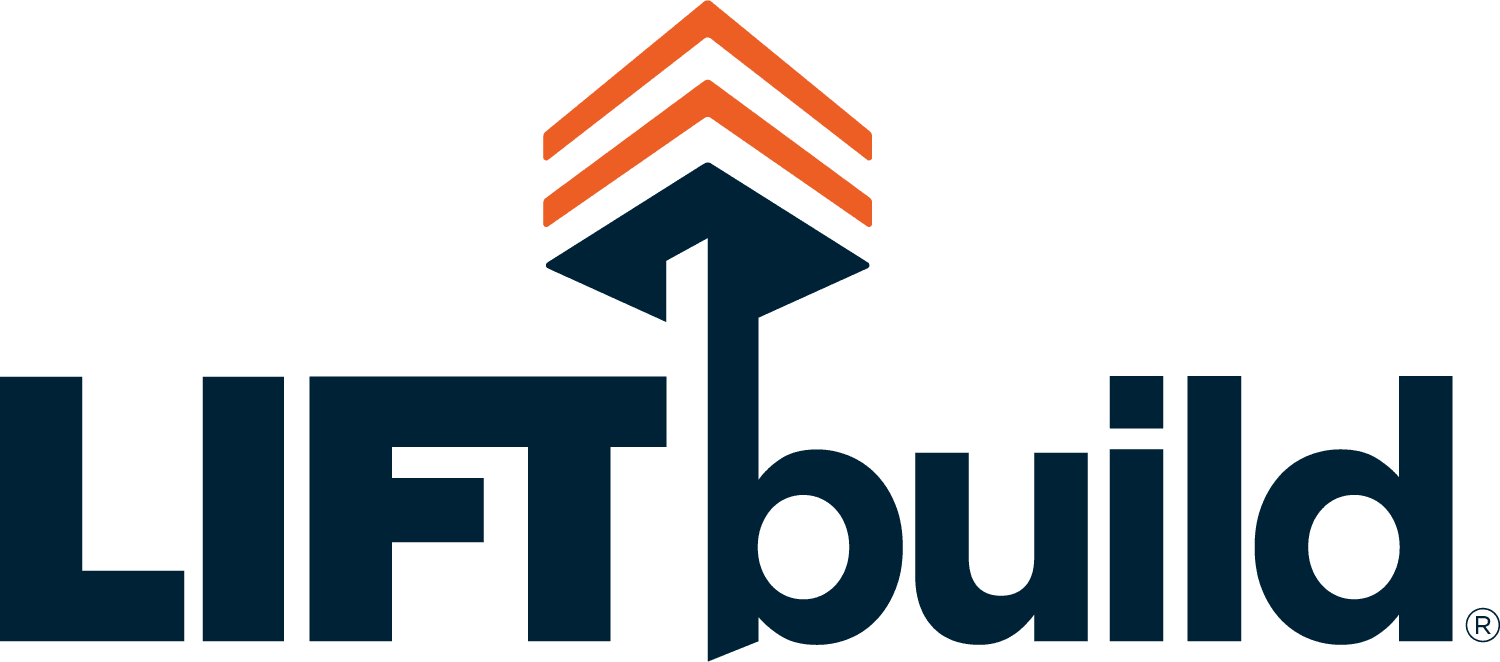LIFTbuild’s innovative approach to high-rise construction helps to address the industry’s productivity decline by implementing a ground-level assembly process that significantly enhances speed, efficiency, and safety.
The conventional approach to high-rise construction is full of inefficiencies that contribute to a significant decline in productivity. The construction industry has seen a 40% drop in productivity since 1970, largely due to the inability to efficiently convert intermediate goods into finished products. Paired with an unprecedented labor shortage, the industry is in dire need of a better way to build.
Rethinking the Way Tall Buildings are Made
Likened to an automotive assembly line, the manufacturing environment is at the heart of LIFTbuild’s approach. LIFTbuild takes advantage of standardization by thinking of the jobsite as a factory floor and reengineering the typical manufacturing process to result in vertical production. With a structure made up of concrete spines and steel-framed roof and floor plates, the assembly process is focused at grade before floors are lifted and locked into place above. To maintain production efficiency, LIFTbuild focuses on advanced planning, prefabrication, and a controlled work environment. Using this concept of Vertical Manufacturing, LIFTbuild can build high-rises faster, more cost-effectively, and safer, while maintaining high quality.
A More Efficient Assembly Process
The building assembly process behind LIFTbuild’s approach begins with constructing structural spines, installing a patented lifting system, and setting up a manufacturing environment at grade. The roof and floor plate construction occurs at a safe, ergonomic level on the assembly pad, which serves as the central workspace.
Floor plate assembly is a highly synchronized set of activities involving multiple trades repeating their scope of work for each floor, requiring fewer tradespeople on site throughout production. This process begins with steel erection and metal deck installation. Since this occurs a few feet above the ground, there is no need for a costly tower crane, and hook time is drastically reduced. With steel complete, the floor plate is lifted several feet to Position 2, where concrete placement and finishing occur on the deck, and workers spray fireproofing below. Prefabricated mechanical, electrical, and plumbing (MEP) sub-assemblies are installed, while small cranes install façade panels on the perimeter.
Floors are strategically loaded with a just-in-time delivery of materials that will be used for fit-out post-lift. The floor plate is lifted to its final height utilizing a strand jack system at an impressive average speed of 20-30 feet per hour before being locked into place. System connections and the interior fit-out process can begin on the locked-in floor plate, which is considered weathertight, eliminating the risk of elements compromising materials or work put in place. These activities are all conducted in a fall-safe space, and the assembly pad below is restored to a clean site, where the next floor plate can begin. With a repetitive assembly process and intentional focus on continuous improvement, work crews can improve efficiency floor-over-floor, increasing overall project speed.
Proven Results: LIFTbuild‘s Success at the Exchange Residential Tower
On LIFTbuild’s proof-of-concept project, the Exchange Residential Tower in downtown Detroit, the goal was to complete the assembly of a floor plate every 10 production days by Level 11, understanding that there is an opportunity for improvement as the crews learn the project. Leveraging time/motion studies and after-action reviews, the team hit its cycle target of 10 days, reducing floor plate assembly time by 33%. The steel team alone reduced their cycle time by 45% through improved sequencing, bolt kitting, and minimizing downtime during lifts.
Overall, LIFTbuild aims to shift the productivity decline in the industry and reduce construction schedules by up to 30% with its transformative approach to tall building design and construction.
